Market Trends
Key Emerging Trends in the Matcha Tea Market
Many trends have been witnessed in the matcha tea market, which shows an increasing global interest in health and wellness as well as unique, culturally rich beverages. One notable trend is the increasing demand for matcha tea as consumers seek alternatives to traditional caffeinated beverages. A rise in demand for other products that contain matcha apart from traditional tea has been felt within the marketplace. Matcha can be used across various food categories, including desserts, snacks, and even beauty products, among others, making it a versatile ingredient. The culinary use beyond traditionalists' boundaries also attracts those who want to explore flavors different from what they are accustomed to. Ethical sourcing and high quality have received an increased emphasis when it comes to sustainability issues around the world, leading to an increase in the number of ethically sourced high-quality teas, such as organic ceremonial grade one. This has led to a surge in demand for organic and ceremonial-grade matcha driven by growing concerns about transparency regarding sourcing and production processes. The rise of e-commerce has significantly influenced the matcha tea market, where consumers can easily access different types of tea via online platforms. In this regard, online shopping has become crucial, especially during these times when people cannot travel so much due to the COVID-19 pandemic. Online platforms have allowed consumers to interact directly with farmers, buy fresh produce, and discuss the quality of matcha. The shift has put smaller specialty producers on the world map as far as this market is concerned, thus diversifying it. The COVID-19 pandemic has affected consumer behavior, which has had various implications on how the matcha tea market looks like today. This lockdown period saw an upsurge in activities such as cooking at home, leading to a spike in demand for powder made from ground leaves used by consumers who want to experiment with brewing tea or adding it to their meals. Geographically, the matcha tea market shows significant growth in both traditional tea-drinking regions, such as Asia, and in Western markets where matcha has gained popularity as a trendy and exotic beverage. While Japan and China are still at the forefront of producing and using it, North America and Europe are coming up fast because people there prefer consuming organic-based beverages apart from foodstuffs that they desire since they are popular among many folks.

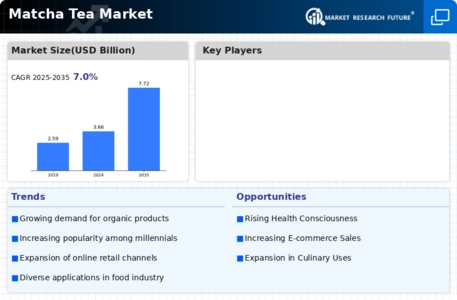
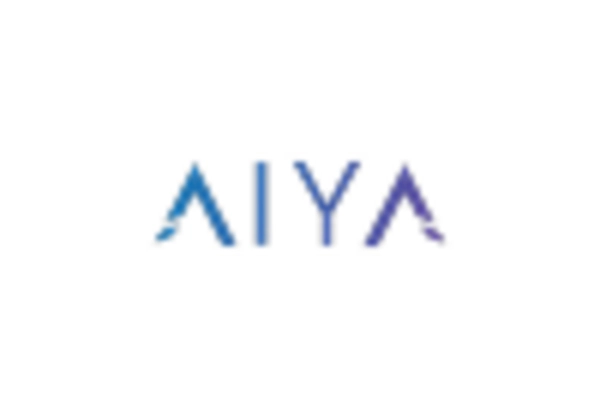
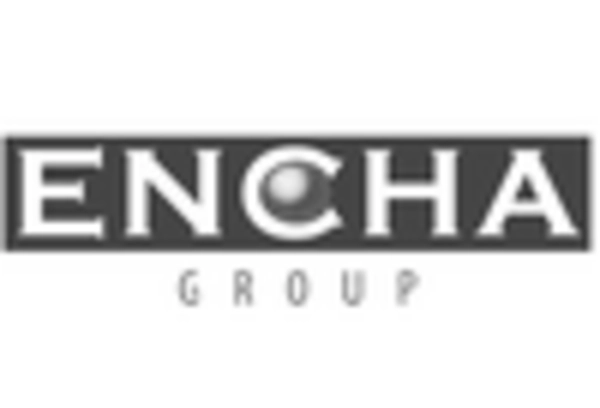
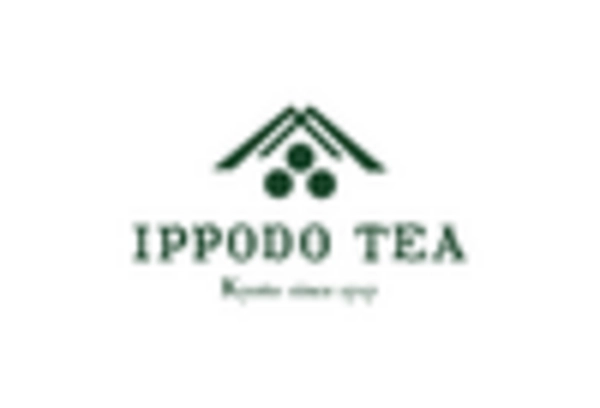
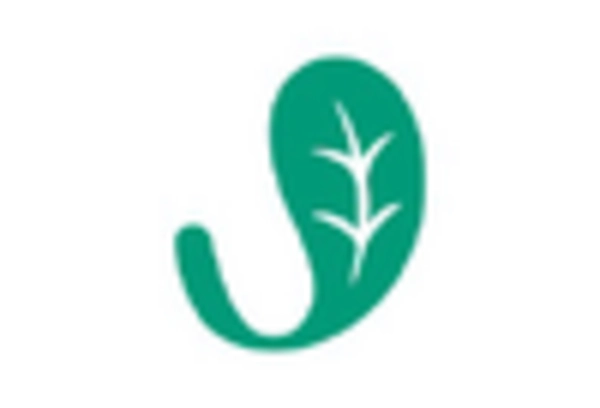
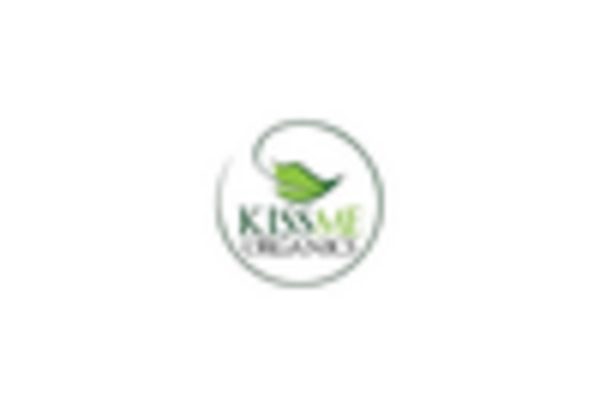
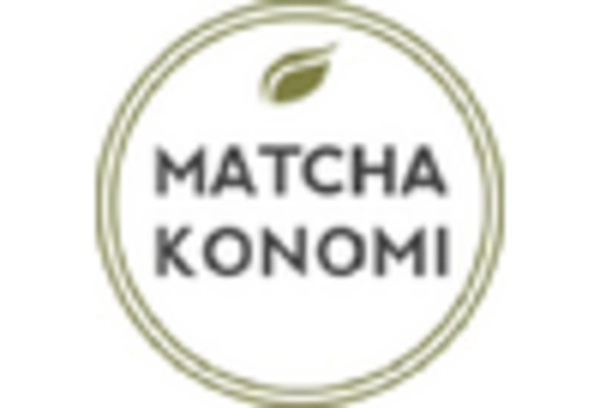









Leave a Comment